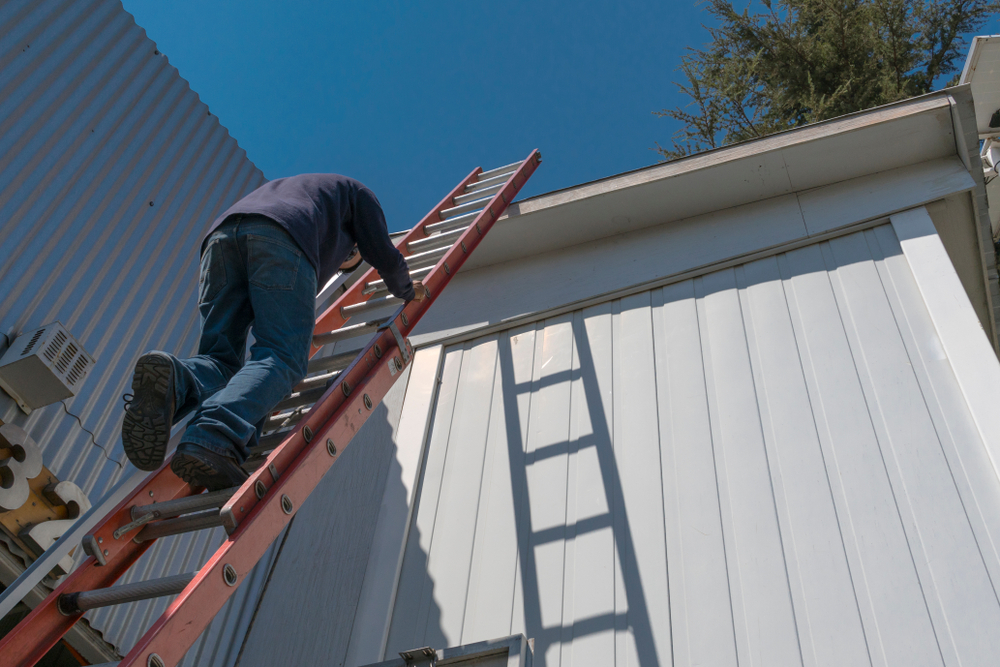Fashion shows are suspended, catwalks, runways, and ramps are closed, and fashion models are staying […]
Category: Fabric News
How To Save Money
How To Save Money Saving money is important since it can come in handy if […]
Why Saving Money is Important and Rewarding
Saving money can give you peace of mind if something bad happens in your life. […]
Everything You Need to Know About the Boat’s Upholstery
Seats, beds, and other furniture are essential equipment for comfort on board. Like the engine, […]
5 Things to Consider When Choosing a Ladder for Home: My Own Experience
It’s easier than you think to get a wrong ladder that won’t fit at home. […]
My New Venture: Cotton + Steel
Welcome to True Up, your source for fabric news, designer interviews, sale alerts, and everything […]





